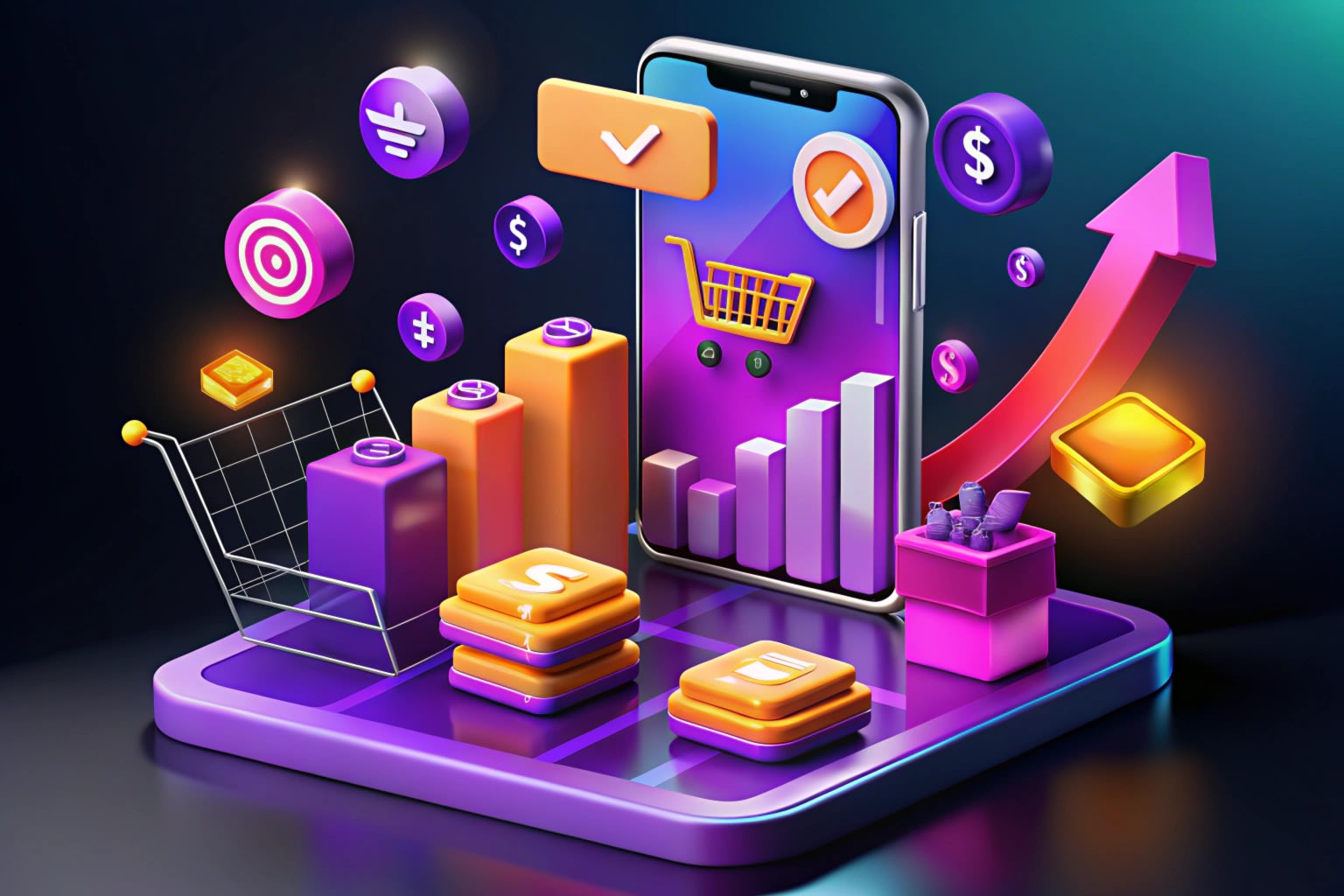Once apps reach one million or more ARR (annually recurring revenue), it might seem like the tools at your disposal to unlock more growth can start to feel limited. That can hold doubly true for consumer-based apps at a similar scale. However, I've found that the strategies to break through to the next phase of growth aren't more limited, they're just different than what might've worked before.
Today, I'll share practical, production-ready tips I've used to find the next level of revenue for apps at a similar scale.
Setup win-back offers
When users abandon your app, give them a chance to stick around. Many times, users are happy with your service — but they simply may not feel confident about the current price point. Setting up win-back campaigns immediately after a user cancels or stops engaging is the marquee way to boost retention in these cases. Remember, at this point — you have a lot of paying users. Retention is just as important as acquisition.
These are three types of win-back offers I think products should focus on:
1. Limited time offers: A limited-time discount to resubscribe at a lower rate than what they originally signed up for is a powerful sales technique. Leading with a "Keep the same service, pay a lower price" promise is a pitch that sells itself.
2. Extended Trials: Give users another chance to explore your app with an extended free trial. This is an ideal time to push new features they may have missed, or remind them of what they'll be missing out on if they leave.
3. Exclusive Perks: Give users a unique feature set or some type of content as an incentive to return. These "unlocks" setup a win-win situation where your product gets another chance to shine, and in return the user is presented with a motivating reason to stay.
Remember that, no matter which of these you use, time is crucial here. Now is your chance to re-engage users while their interest is still fresh. Plus, Apple even has first-party support for win-back campaigns, too. Check out their documentation over it here.
Give your subscription tiers an upgrade
Next, you need to do a deep dive on your most active users. Your goal? Find out what they value most about your product. When you figure out what that is, double down on it for this cohort. By introducing a more "premium" tier, you can create higher-priced subscriptions with more advanced features that make the ones they already love even better.
Again, let's consider the context here. These strategies are specifically for apps already doing a million or more in ARR (though they can work for all sorts of apps). With that in mind, I've tried price points like $399/year or $90/month. The result? Increased revenue along with lower conversion rates. In my case, that was a trade-off which worked for my situation.
These prices are geared towards users who are looking for the ultimate, white-glove experience from your product. Along with more powerful features, it also helps to pair premium support at these tiers, too. We tend to think that SLAs (service level agreements) exist solely in the B2B world, but a version of those in B2C can be a powerful differentiator, too (i.e. support will reply within the hour).
Consider in-app purchases
Subscriptions may be the most common way to generate revenue these days, but don't foregt about in-app purchases. Consumable, one-off experiences that let users try a particular feature can do wonders for your revenue. A common example of this can be found in several creative-based apps, like photo editors.
Features that sit outside of the user's current subscription tier are perfect for in-app purchases. While we typically think of those as levers to upsell the next tier, letting someone buy that feature in a one-off fashion has a two-fold effect:
You gain immediate revenue.
And, in many cases, they find value in the feature and consider the higher tier or buy the in-app purchase again later on.
Another benefit? Increased engagement. The more use someone gets out of your app, the better it is for both of you.
Act on abandoned transactions
An abandoned transaction happens when the user brings up the payment sheet, but decides to back out. In this case, you're dealing with a high-intent user, but they decided the price point wasn't for them. In these cases, you can present them with a discounted introductory offer. Here's a demo of what this can look like using Superwall:
Transaction Abandon Demo
You want to re-engage these users, and this is something Superwall has been preaching already. Here are a few ways to do it:
Use emails or push notifications with a special offer or simply a reminder to complete their subscription. You'd be surprised how effective a simple email with this kind of call-to-action can be. If they started a purchase, their intent was already high — so this helps them consider the purchase again.
Use tools like Superwall to automatically present another offer right when the transaction is abandoned (like in the video above). This is built right into Superwall, and there's a simple guide over it here.
Lifecycle marketing journeys
No matter how successful the app is, the fact is that your users will always be at different parts of their journey with your product. New users, churned users, recently activated users, win-backs — the list goes on.
At scale, it's important to tailor marketing strategies along with these different parts of the user's lifecycle. Personally, I've leaned on targeted campaigns broken out into these lifecycles. For those who decline paywalls or abandon transactions like in the previous tip, design campaigns specifically for them to rekindle their interest.
Or, for users that keep showing interest but aren't converting as high as you'd like — try to increase marketing efforts to nudge them over the line. This tip isn't groundbreaking, but the reality is that many products skip over it. There is no one-size-fits-all in marketing. If you know where a user is at on the app's lifecycle, you can cater your message to them.
Wrapping up
Growing at scale is a challenge, but it is a fun one. You've proven product-market fit, and now it's time to get your app to the next stage of growth. Even though we've looked at tips for mature apps in the market, no matter the stage you're at — you can retrofit these ideas to help boost your revenue. Give them a try today, test a few of them out and iterate from there to hit that next milestone.


